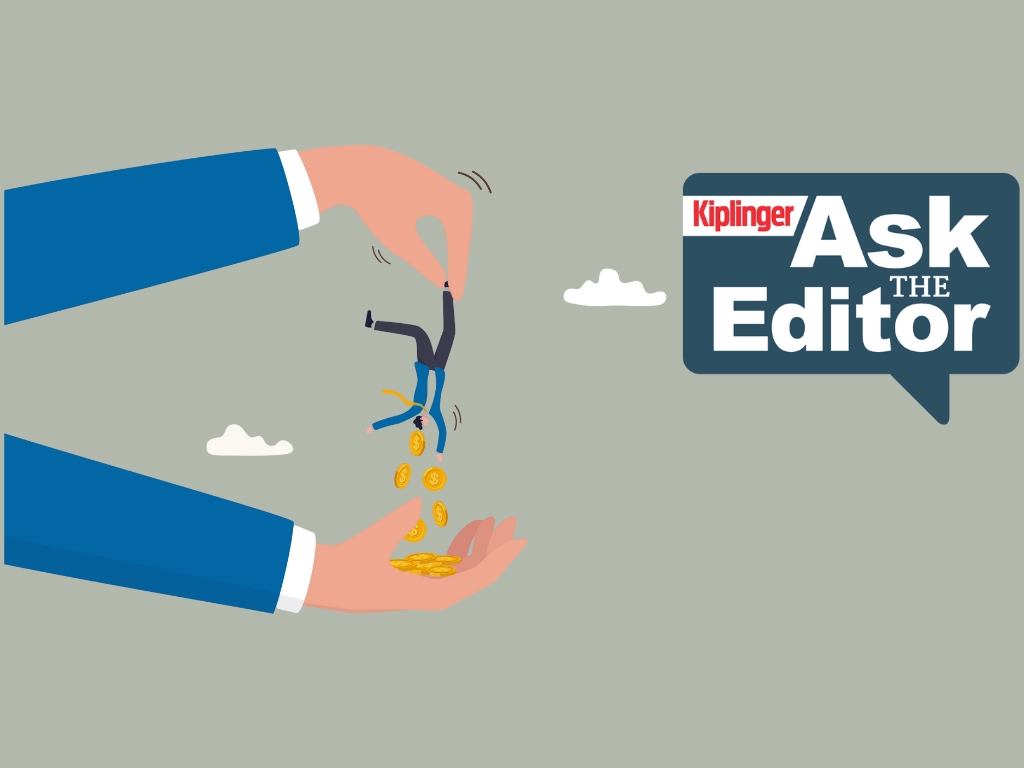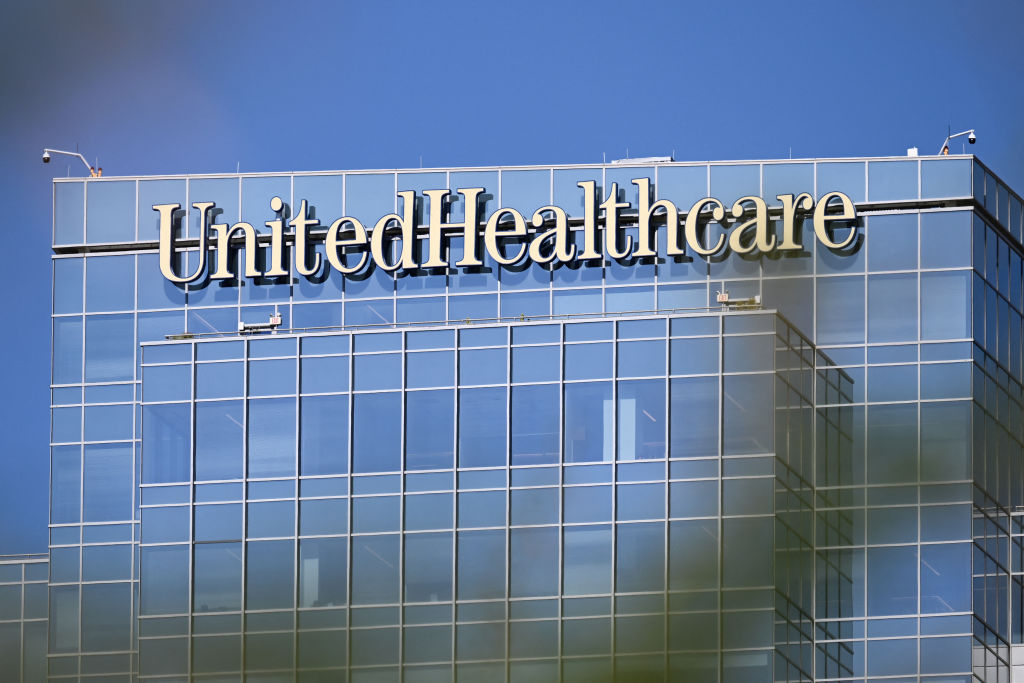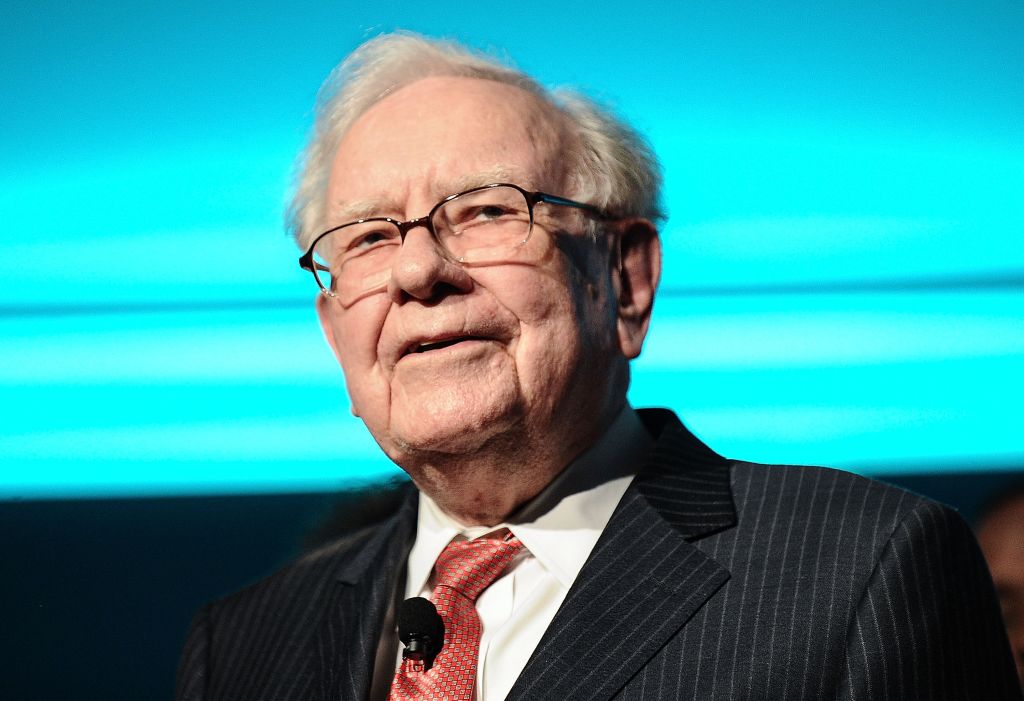8 Foreign Stocks with Generous Yields
To stay steady in volatile markets, add some solid dividend-paying stocks to your portfolio.

Editor's Note: This story has been updated since its original publication in the October issue Kiplinger's Personal Finance magazine.
With markets around the world in turmoil, this is a great time to home in on solid dividend-paying stocks. The idea, of course, is that although stock prices are volatile, dividends represent cash in hand. For most Americans, the search for dividends is limited to U.S. companies. But if you’re willing to do some extra homework and go beyond your comfort zone, you’ll find an array of excellent dividend-paying stocks outside our borders.
The conventional argument for investing abroad is that foreign companies provide diversification and, in the case of emerging-markets companies in particular, offer potential for faster growth than the typical domestic company. The idea of collecting dividends from foreign stocks is usually an afterthought. But whether a company is based in Miami or Melbourne, San Francisco or São Paulo, what matters is the size of the check and the ability of its issuer to maintain it -- or, better yet, boost it. On top of that, foreign stocks yield more, on average, than U.S. issues do, and they pay dividends in their own currencies, which are more valuable to U.S. shareholders when the dollar sinks.
From just $107.88 $24.99 for Kiplinger Personal Finance
Become a smarter, better informed investor. Subscribe from just $107.88 $24.99, plus get up to 4 Special Issues

Sign up for Kiplinger’s Free Newsletters
Profit and prosper with the best of expert advice on investing, taxes, retirement, personal finance and more - straight to your e-mail.
Profit and prosper with the best of expert advice - straight to your e-mail.
Hundreds of foreign companies trade in the U.S. as American depositary receipts, which you can buy and sell in an ordinary brokerage account. An ADR represents a share -- or, sometimes, a package of shares -- of a foreign company that is bought and sold as a security designed expressly for Americans and priced in dollars.
Investing in foreign stocks isn’t as simple as buying shares of Apple or your local utility. Often, instead of establishing a regular quarterly dividend rate and modifying it as conditions warrant, foreign companies pay a variable dividend based on the year’s performance.
You may run into tax complications, too. If you invest in a stock that trades on the so-called pink sheets -- the non-Nasdaq, over-the-counter market -- the government in which the issuer is based may withhold some of your dividend. If so, you’ll have to file for a foreign tax credit from the Internal Revenue Service. And although foreign companies angling for U.S. shareholders publish financial data online in English, the amount and quality of the information is uneven.
Another annoyance: If you own any of these stocks inside an individual retirement account, you cannot get any foreign tax back from the IRS. So, in an IRA, you should avoid ADRs from countries with high dividend tax withholding rates. The highest are Chile and Switzerland at 35%. Most are between 10% and 20%. Only 21 foreign countries, including India, South Africa and the United Kingdom, do not withhold any tax from dividends. (Britain keeps 20% on REITs.)
However, the payoffs of high income and an expanding roster of choices at favorable prices are worth the inconvenience. The best-known measure of developed-market foreign stocks, the MSCI EAFE index (EAFE stands for Europe, Australasia, Far East), currently yields 3.4%. By contrast, the yield for Standard & Poor’s 500-stock index is 2.4%. The eight ADRs listed below trade on the New York Stock Exchange.
Global Resources Giant
BHP Billiton (symbol BHP), headquartered in Melbourne, mines everything from aluminum to zinc. The company has prospered thanks to a boom in demand for natural resources, especially from fast-growing emerging nations. That trend should continue as long as the world avoids a global recession. The company has boosted its dividend at an annualized rate of 23% over the past five years. Because the share price has more than tripled since late 2008, the yield isn’t especially eye-catching. But BHP should deliver an attractive total return -- dividends plus appreciation -- over the long haul.
South American Utility
Empresa Nacional de Electricidad (EOC) is South America’s biggest private electric utility. Known informally as Endesa Chile, the Santiago-based firm provides power mostly in Chile, Argentina and Colombia. Its dividend yield compares favorably with the best U.S. electrics, but its prospects are better, given the steady 4% to 6% economic growth in the region it serves and Endesa’s long list of power projects under construction. That contrasts with U.S. utilities, which build little nowadays, instead relying on obsolete facilities and trying to grow mainly by merging. Because Endesa gets most of its electricity from hydropower, dry weather and climate change present special risks.
Swiss Drug Maker
Novartis (NVS) is the world’s third-largest pharmaceutical company and a member of S&P’s Europe 350 Dividend Aristocrats index. It is well-diversified, with a broad portfolio of prescription drugs, over-the-counter medicines and eye-care products. Returns on Novartis’s shares have trounced those of U.S. and other European drug giants over the past five years. The company has been able to raise dividends 19% annually over that half-decade. Its location (in Basel, Switzerland, to be precise) means U.S. investors benefit from the super-strong Swiss franc.
Brazilian Liquid Asset
Companhia de Saneamento Basico do Estado de São Paulo (SBS) is a water-and-sewer utility in the giant Brazilian state of São Paulo. Compared with U.S. water stocks, Saneamento Basico yields way more and pays out far less of its profits as dividends (only 30%). That gives it the flexibility to boost dividends even more. Saneamento also has plenty of growth potential. It will take decades to bring water and sanitation to hundreds of poor settlements and to the new residences, offices and factories going up in booming Brazil. Dividends, which vary year to year, were 29% higher in 2010 than they were in 2009.
Fat-Yielding Telecom
Madrid-based Telefonica (TEF), which provides phone and Internet services in Europe and Latin America, offers an unusually high 8.6% yield. Part of that is because of the perceived risk of being headquartered in Spain, which some worry could be the next Greece. But Telefonica is far from a pure investment in Spain. The rest of Europe and Latin America, from Mexico south, account for 71% of Telefonica’s revenues and 64% of its profits. Europe will produce little growth, but Telefonica generates enough cash flow to keep raising its dividends.
Energy Powerhouse
Total (TOT) is Europe’s largest oil refiner and one of the shrinking club of integrated oil companies. It’s also involved in natural gas, as well as solar and wind energy. The chief difference between Total and other integrated multinationals, such as BP (BP), Chevron (CVX) and ExxonMobil (XOM), is its yield: At 6.0%, Total, a French company, yields about twice as much as Exxon, which prefers to buy back huge amounts of its stock rather than boost its payout by a large amount.
Consumer Dynamo
An Anglo–Dutch company with dual headquarters in London and Rotterdam, Unilever competes with the likes of Procter & Gamble to sell soap, personal products and food. Well-known brands include Dove soap, Hellmann’s mayonnaise, Ben & Jerry’s ice cream and Vaseline. This is an odd duck. You can buy British ADRs (UL) or Dutch ADRs (UN). Their prices may vary by a few hairs because of different exchange-rate trends among the dollar, pound and euro. Either way, Unilever has paid dividends since 1937 and is your basic tried-and-true, low-risk, growth-and-income stock.
Global Wireless Provider
England’s Vodafone (VOD) provides cell-phone services in Europe, Asia, Africa and the Middle East. It also owns 45% of Verizon Wireless (the rest is owned by Verizon Communications), which represents a major part of Vodafone’s fortunes. After not paying a dividend to its owners for six years, Verizon Wireless announced recently that it would distribute $10 billion to its parents next January. Vodafone’s stock-price chart closely tracks that of Telefonica, but you ought to own shares of both if you’re interested in global telecommunications.
Profit and prosper with the best of Kiplinger's advice on investing, taxes, retirement, personal finance and much more. Delivered daily. Enter your email in the box and click Sign Me Up.

Kosnett is the editor of Kiplinger Investing for Income and writes the "Cash in Hand" column for Kiplinger Personal Finance. He is an income-investing expert who covers bonds, real estate investment trusts, oil and gas income deals, dividend stocks and anything else that pays interest and dividends. He joined Kiplinger in 1981 after six years in newspapers, including the Baltimore Sun. He is a 1976 journalism graduate from the Medill School at Northwestern University and completed an executive program at the Carnegie-Mellon University business school in 1978.
-
 Original Medicare vs Medicare Advantage Quiz: Which is Right for You?
Original Medicare vs Medicare Advantage Quiz: Which is Right for You?Quiz Take this quick quiz to discover your "Medicare Personality Type" and learn whether you are a Traditionalist, or a Bundler.
-
 Ask the Editor: Capital Gains and Tax Planning
Ask the Editor: Capital Gains and Tax PlanningAsk the Editor In this week's Ask the Editor Q&A, Joy Taylor answers questions on capital gains tax rates and end-of-year tax planning
-
 Time Is Running Out to Make the Best Tax Moves for 2025
Time Is Running Out to Make the Best Tax Moves for 2025Don't wait until January — investors, including those with a high net worth, can snag big tax savings for 2025 (and 2026) with these strategies.
-
 If You'd Put $1,000 Into Coca-Cola Stock 20 Years Ago, Here's What You'd Have Today
If You'd Put $1,000 Into Coca-Cola Stock 20 Years Ago, Here's What You'd Have TodayEven with its reliable dividend growth and generous stock buybacks, Coca-Cola has underperformed the broad market in the long term.
-
 If You Put $1,000 into Qualcomm Stock 20 Years Ago, Here's What You Would Have Today
If You Put $1,000 into Qualcomm Stock 20 Years Ago, Here's What You Would Have TodayQualcomm stock has been a big disappointment for truly long-term investors.
-
 If You'd Put $1,000 Into Home Depot Stock 20 Years Ago, Here's What You'd Have Today
If You'd Put $1,000 Into Home Depot Stock 20 Years Ago, Here's What You'd Have TodayHome Depot stock has been a buy-and-hold banger for truly long-term investors.
-
 If You'd Put $1,000 Into Bank of America Stock 20 Years Ago, Here's What You'd Have Today
If You'd Put $1,000 Into Bank of America Stock 20 Years Ago, Here's What You'd Have TodayBank of America stock has been a massive buy-and-hold bust.
-

 If You'd Put $1,000 Into Oracle Stock 20 Years Ago, Here's What You'd Have Today
If You'd Put $1,000 Into Oracle Stock 20 Years Ago, Here's What You'd Have TodayORCL Oracle stock has been an outstanding buy-and-hold bet for decades.
-
 If You'd Put $1,000 Into Sherwin-Williams Stock 20 Years Ago, Here's What You'd Have Today
If You'd Put $1,000 Into Sherwin-Williams Stock 20 Years Ago, Here's What You'd Have TodaySherwin-Williams stock has clobbered the broader market by a wide margin for a long time.
-
 If You'd Put $1,000 Into UnitedHealth Group Stock 20 Years Ago, Here's What You'd Have Today
If You'd Put $1,000 Into UnitedHealth Group Stock 20 Years Ago, Here's What You'd Have TodayUNH stock was a massive market beater for ages — until it wasn't.
-
 If You'd Put $1,000 Into Berkshire Hathaway Stock 20 Years Ago, Here's What You'd Have Today
If You'd Put $1,000 Into Berkshire Hathaway Stock 20 Years Ago, Here's What You'd Have TodayBerkshire Hathaway is a long-time market beater, but the easy money in BRK.B has already been made.